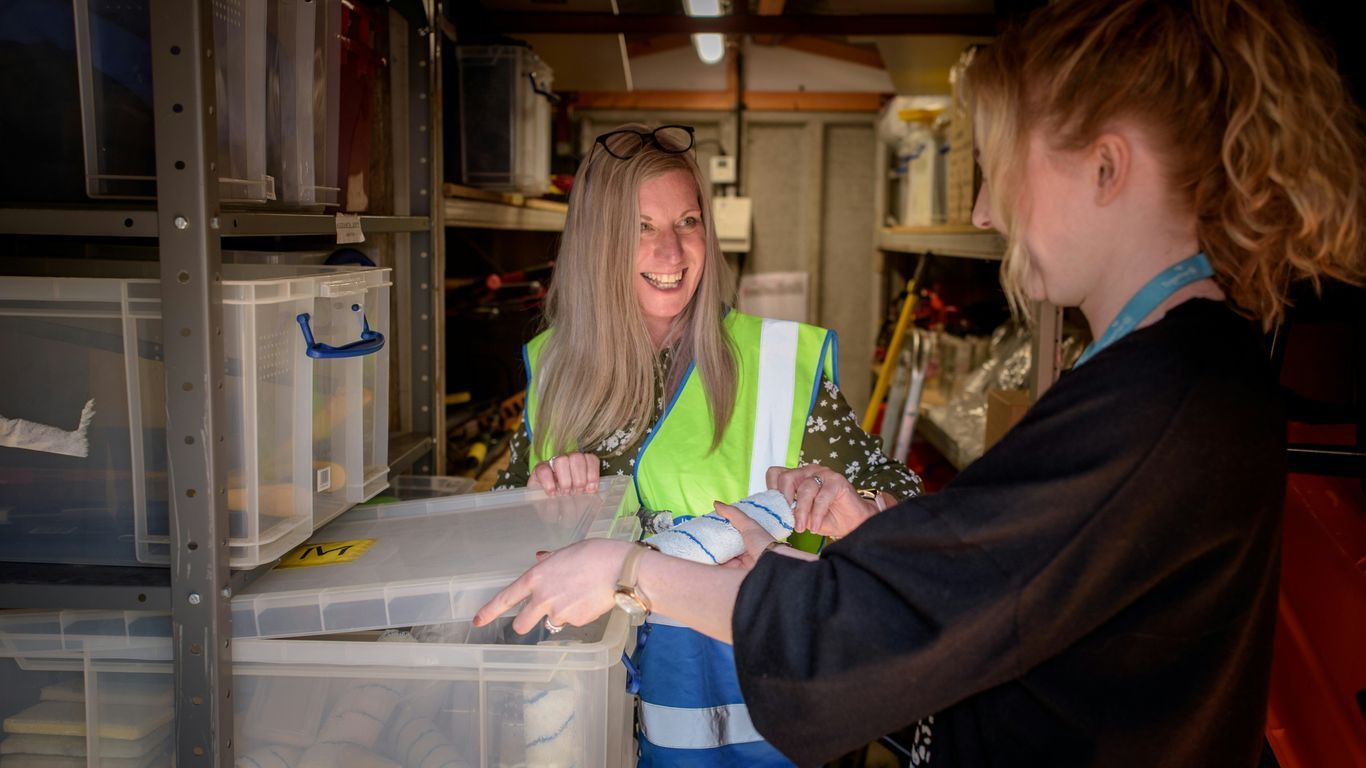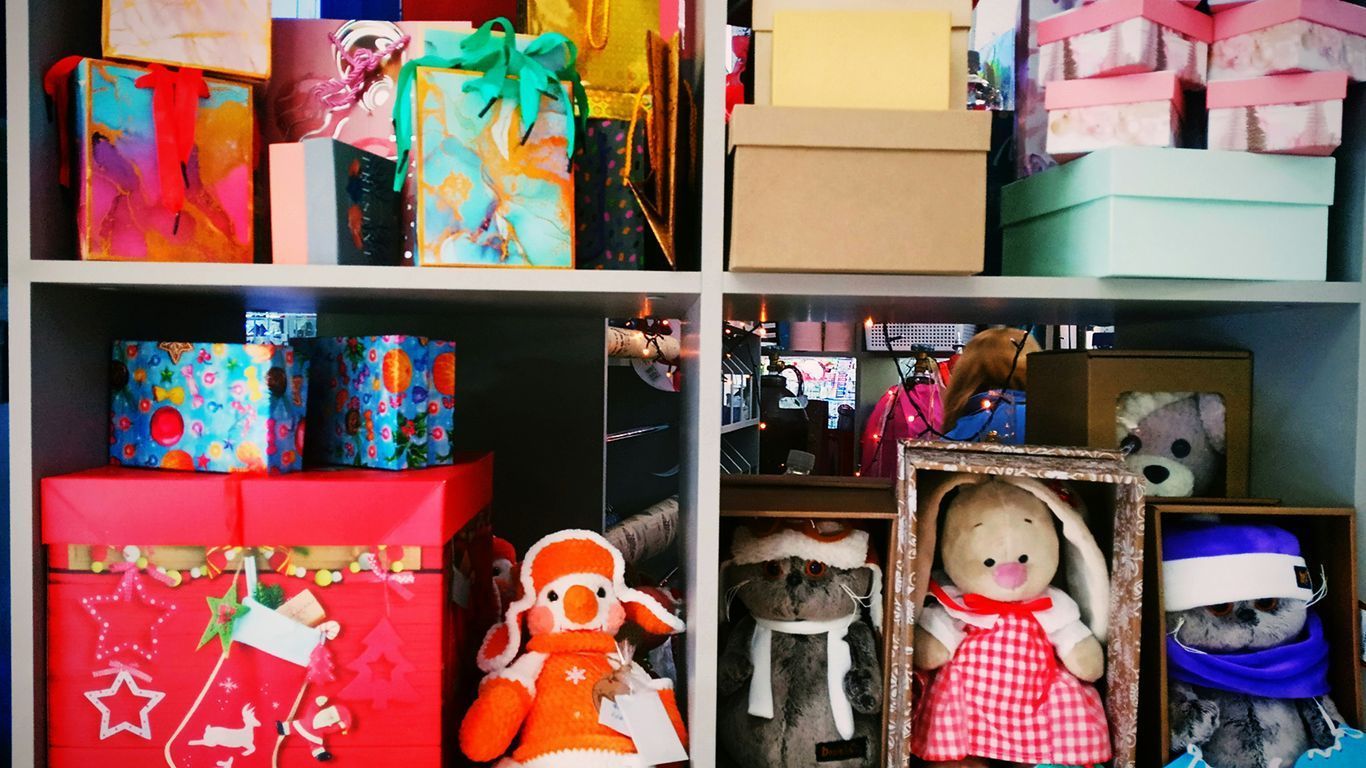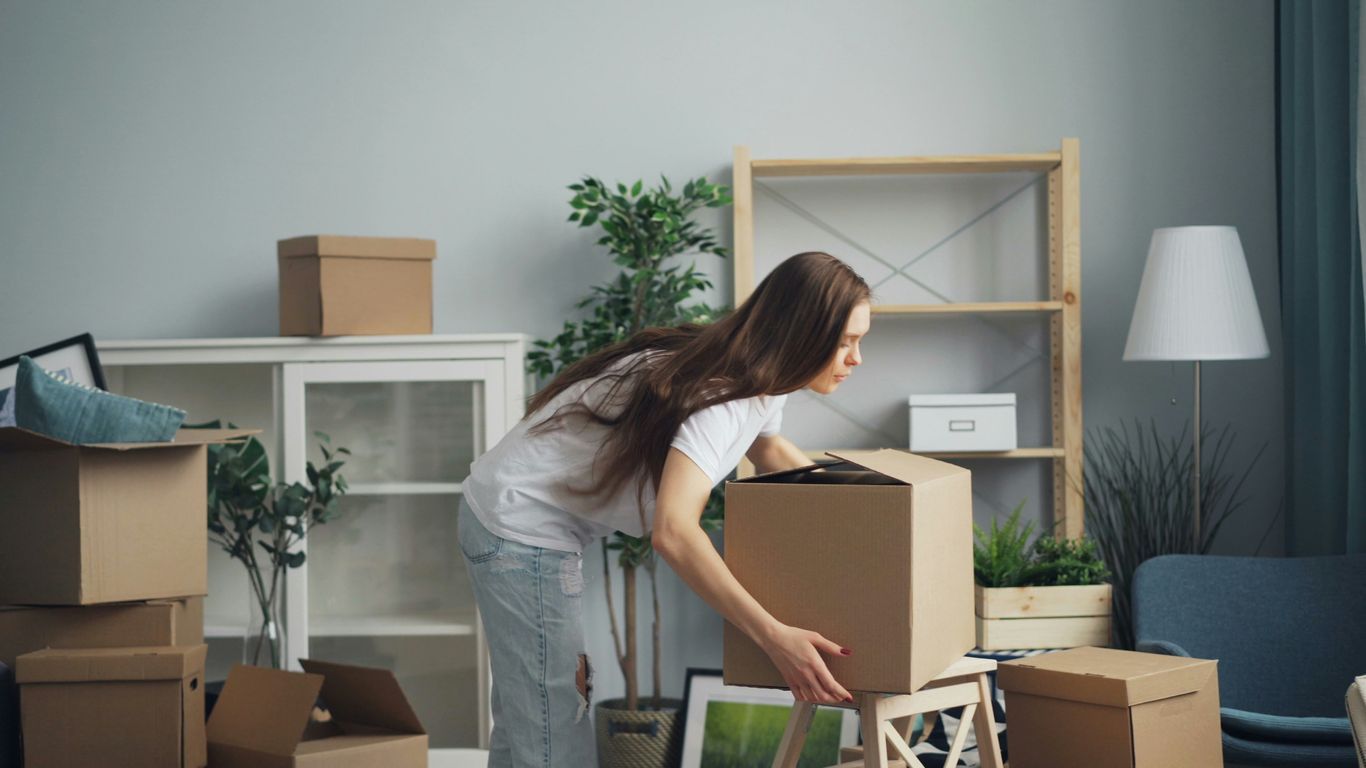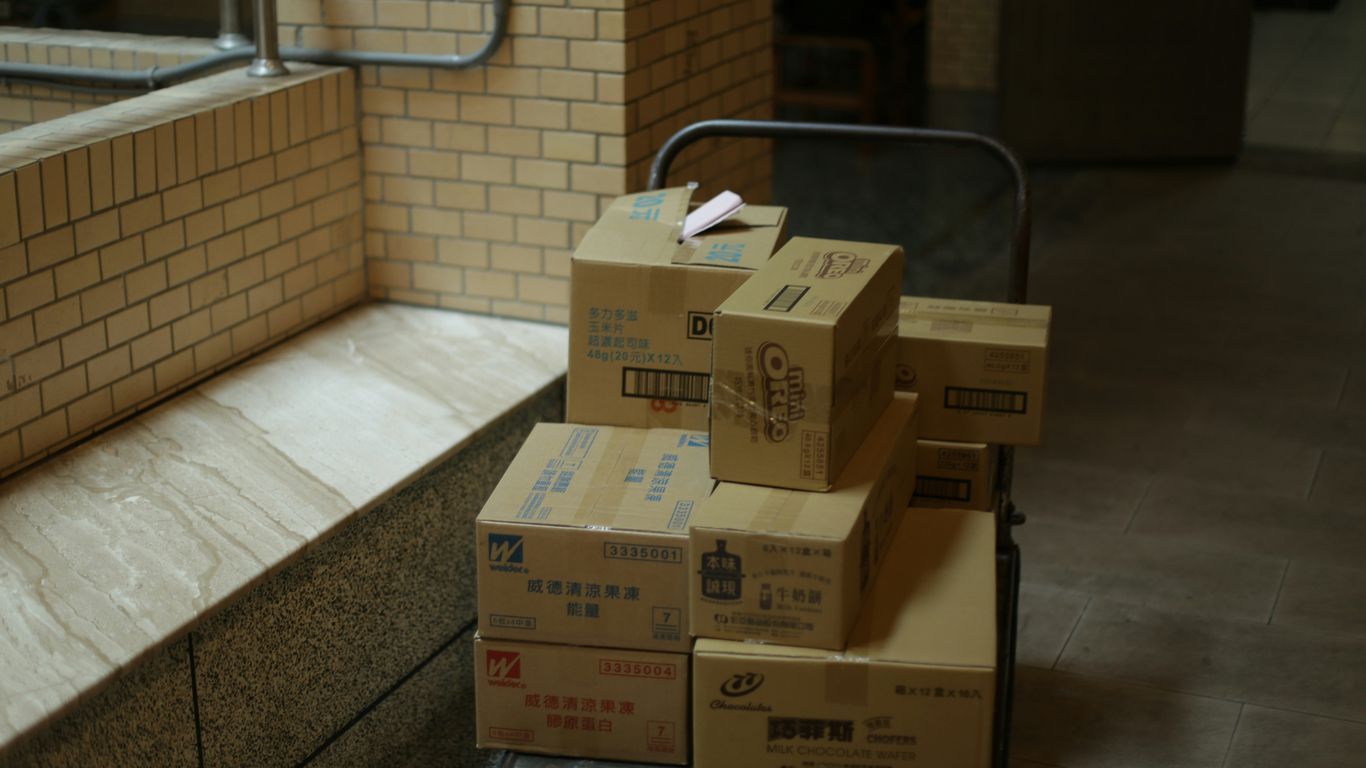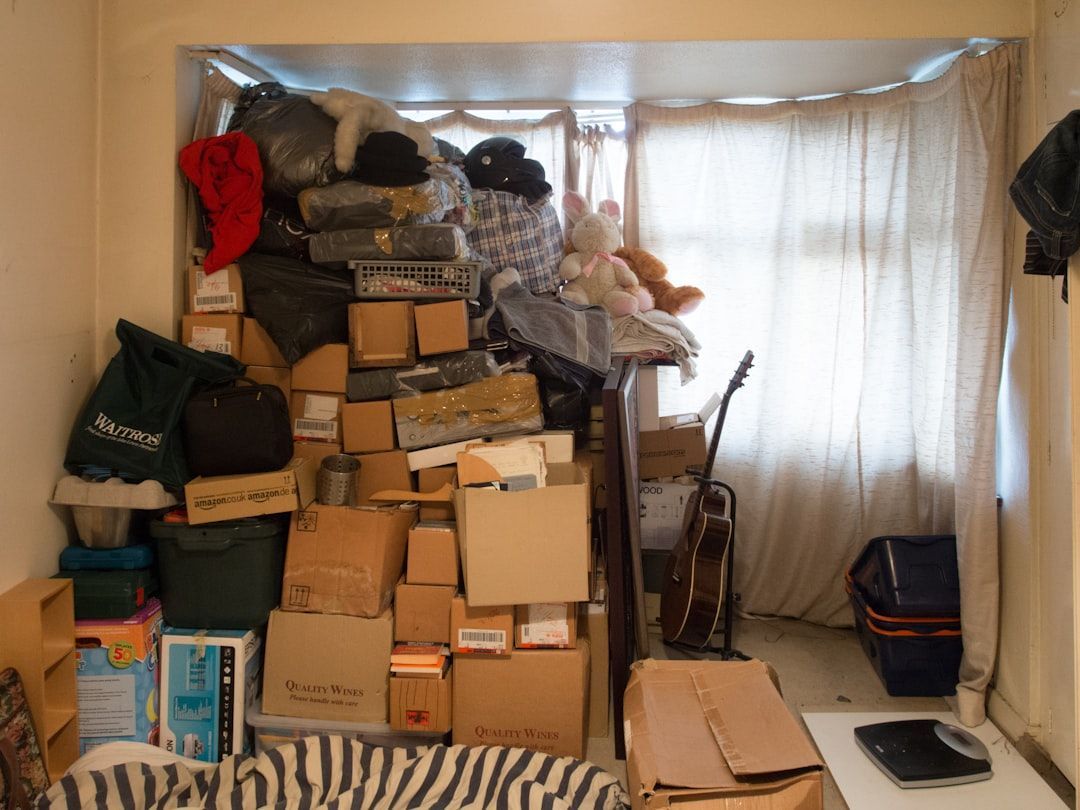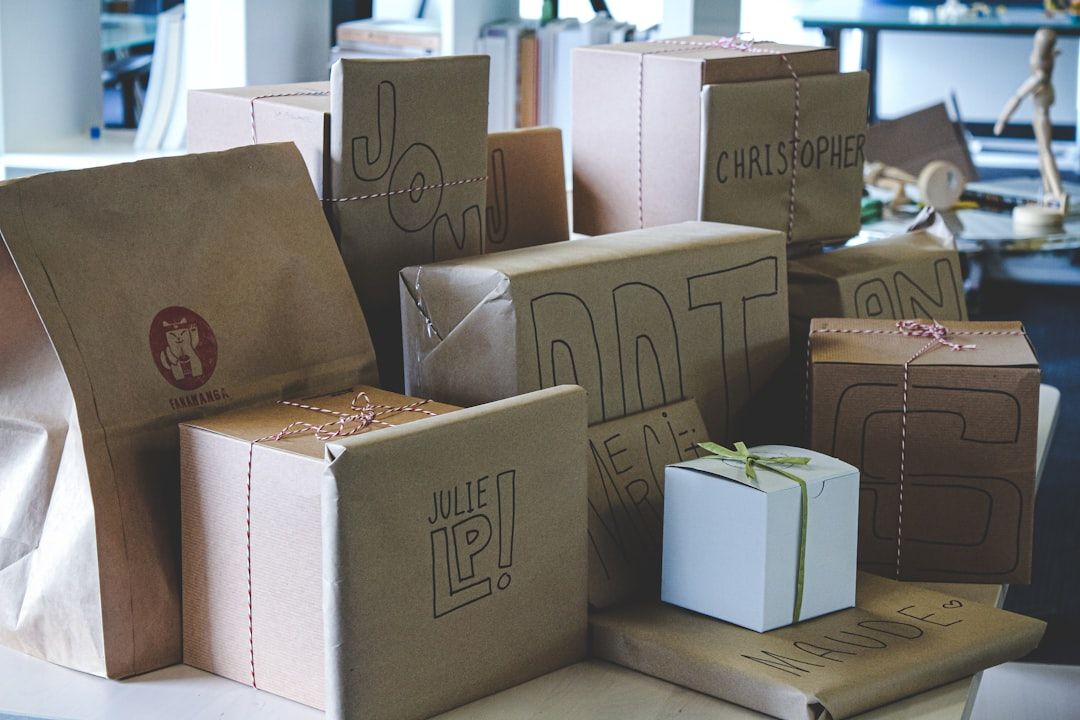Keeping Heirlooms Safe: What to Look for in a Storage Unit
So, you've got these old family things, right? The ones that have been passed down, maybe a rocking chair from your grandma or some old photos. It’s important to keep them safe, and sometimes your house just doesn't have the space. That's where storage units come in. But not all storage is created equal, especially when you're talking about items that mean so much. We need to think about what makes a storage unit a good place for these treasures, and what things we should definitely avoid. Let's talk about how to find safe storage for heirlooms in Campbellsville.
Key Takeaways
- When looking for a storage unit for your heirlooms, always choose climate-controlled units. This helps protect items from damage caused by temperature and humidity changes.
- Prepare your heirlooms properly before storing them. This includes cleaning wooden furniture, protecting fabrics with acid-free materials, and keeping small parts together.
- Store specific items carefully. For paper and photos, use acid-free protectors. Wrap china and glassware individually. Prevent jewelry tarnish by storing silver in cloth bags.
- Follow best practices like keeping items away from exterior walls and heat sources. Never stack fragile items on top of each other.
- Never store perishable goods, hazardous materials, plants, or animals in your storage unit, as they can damage your heirlooms or pose safety risks.
Choosing The Right Storage Unit For Heirlooms
When it comes to keeping your family's treasured items safe, picking the right storage unit is a big deal. It's not just about finding a spare room; it's about creating a stable environment that helps prevent damage over time. Think about it – those old photos, grandma's quilt, or grandpa's watch have seen a lot of history, and they deserve a place that respects that.
Climate-Controlled Units For Optimal Preservation
This is probably the most important factor for heirlooms. Standard storage units can get really hot in the summer and freezing cold in the winter. These temperature swings, along with changes in humidity, can seriously damage delicate items. Paper can become brittle, wood can warp or crack, and fabrics can degrade faster. A climate-controlled unit maintains a more consistent temperature and humidity level, which is like giving your heirlooms a comfortable, stable home. It’s a small step that makes a huge difference in preserving their condition for years to come. If you're storing anything made of wood, paper, or fabric, this is a must-have feature. You can learn more about how these units work on pages about climate control.
Understanding Unit Size For Your Valuables
Figuring out the right size can feel a bit like a puzzle. You don't want a unit so big that you're paying for empty space, but you definitely don't want one so small that you have to cram things in, risking damage. It's better to overestimate slightly than to underestimate. Think about:
- The number of large furniture pieces you have.
- How many boxes of smaller items you'll be storing.
- Whether you'll need space to move around inside the unit to access items.
Most storage facilities have calculators or staff who can help you estimate the best size based on what you're bringing. It’s always a good idea to measure your largest items beforehand.
Facility Cleanliness And Lighting
Beyond the unit itself, the overall condition of the storage facility matters. Look for places that are visibly clean and well-maintained. This often indicates good management practices, which usually extend to the security and upkeep of the units themselves. Good lighting in the hallways and around the facility makes it easier and safer to move your belongings in and out, especially if you're doing it during early morning or late evening hours. It also helps you spot any potential issues, like leaks or pests, before they become a problem for your stored items.
Keeping your heirlooms safe means being proactive. Choosing a storage unit with the right environmental controls and a well-managed facility is the first step in protecting your family's legacy.
Preparing Your Cherished Items For Storage
Before you pack up those precious family treasures, a little prep work goes a long way in keeping them safe. It’s not just about shoving things into boxes; it’s about giving each item the best chance to survive the storage journey.
Protecting Fabric Heirlooms With Acid-Free Materials
When it comes to things like Grandma’s quilt or that old military uniform, you want to be extra careful. For newer fabric items, like a wedding dress, it’s often best to get them professionally cleaned by someone who really knows how to handle delicate fabrics. Once clean, wrap them gently in acid-free paper and store them in an acid-free box. Avoid hanging them in plastic bags, as that can trap moisture and cause damage over time. For older, antique clothing, sometimes it’s better to leave it as is rather than risk cleaning it. Again, acid-free paper and boxes are your best friends here. And please, skip the mothballs; they’re not great for the fabric or for you. Make sure the boxes don’t have plastic windows that can get punctured.
Properly Cleaning And Conditioning Wooden Furniture
Wooden furniture, especially older pieces, needs a bit of TLC before it goes into storage. Give it a good clean, but skip the shiny sprays. Instead, use a wax specifically made for wood furniture. If you’re unsure, ask someone at an antique shop for advice on what’s best for your particular piece. It’s also a good idea to remove any legs or drawers that can come off, and wrap each part separately. This makes them easier to handle and less likely to get damaged.
Securing Small Parts And Hardware
If you’re disassembling furniture or have items with small, loose parts, like screws or knobs, don’t just toss them aside. The best trick is to put all the hardware for a specific piece into a small plastic bag, like a Ziploc. Then, tape that bag securely onto the furniture piece itself. This way, when it’s time to take everything out of storage, you won’t be hunting for missing screws or bolts. It keeps everything together and makes reassembly much simpler.
Taking these small steps before storing your heirlooms can make a huge difference in how well they hold up over time. It’s about protecting the memories and the craftsmanship that went into them.
Safeguarding Specific Types Of Heirlooms
Storing Fragile Paper And Photographic Memories
Old letters, photos, and documents are incredibly delicate. They can easily degrade from light, heat, and moisture. To keep these precious memories safe, use acid-free page protectors or archival boxes. This helps prevent the paper from yellowing or becoming brittle over time. Always handle photos and papers with clean hands or, even better, wear white cotton gloves to avoid transferring oils from your skin. Never use regular tape, paper clips, or rubber bands on them, as these can cause damage in the long run. Consider taking photos of your items before storing them; it's a good way to keep a record and share them with family.
Storing paper items requires a bit of care, but it's worth it to preserve these pieces of your family's history for future generations.
Packing China And Glassware Securely
When it comes to china and glassware, the key is individual wrapping. Use bubble wrap for each piece, and try to pack them in smaller boxes rather than one large, heavy one. This makes them easier to handle and reduces the risk of breakage. Don't stack heavy items on top of these boxes, as the weight could crush them. Think about using plenty of packing material to fill any empty spaces in the boxes, so items don't shift around during transport or while in storage. For really valuable or fragile pieces, you might want to look into specialized packing supplies.
Preventing Tarnish On Jewelry
Jewelry, especially items made of silver, can tarnish over time. To slow this down, wrap silver pieces in a special silver cloth or place them in anti-tarnish bags. It's also a good idea to store each piece of jewelry separately. This prevents harder metals or gemstones from scratching softer metals or pearls. Keep jewelry away from other items, particularly paper or fabric, as some materials can cause discoloration or damage. For valuable pieces, consider secure options beyond a standard storage unit, like a bank safety deposit box.
Best Practices For Heirloom Storage
When it comes to keeping your family treasures safe, where you put them and how you prepare them makes a big difference. It’s not just about finding a spot; it’s about creating the right environment.
Avoiding Attics, Basements, and Exterior Walls
Attics and basements are often the first places people think of for storage, but honestly, they’re usually the worst. Attics get super hot in the summer and basements can be damp, which is bad news for pretty much everything, especially old things. Think mold, mildew, and warped wood. Also, try to keep items away from walls that are on the outside of the building. These walls can get colder in the winter and warmer in the summer, creating temperature swings that aren't good for your heirlooms.
The goal is to create a stable environment, minimizing exposure to extreme temperatures and moisture. This helps slow down the natural aging process of your cherished items.
Keeping Items Away From Heat and Moisture
This ties into the last point, but it's worth repeating. Heat and moisture are the enemies of preservation. Even if you're using a storage unit, make sure it's not near a heating vent or a leaky pipe. Always check for any signs of dampness or condensation before you move your items in. If you notice anything, talk to the facility manager right away. It’s better to be safe than sorry when it comes to protecting your family history.
Never Stacking Fragile Belongings
This is a big one, especially for things like china, glassware, or even old photo albums. Stacking heavy items on top of delicate ones is a recipe for disaster. You risk crushing, cracking, or otherwise damaging what you’re trying to protect. If you have a lot of items, it’s better to use more boxes or shelves than to stack them precariously. Think about how each item is supported. If something feels wobbly or like it’s under too much pressure, it’s probably not stored correctly.
What Not To Store With Your Heirlooms
When you're tucking away those precious family treasures, it's not just about what you should store, but also what you absolutely shouldn't. Putting the wrong things in with your heirlooms can cause a lot of damage, sometimes in ways you wouldn't expect. Think of it like this: you wouldn't put a leaky bottle of paint in with your grandmother's lace tablecloth, right? It's the same idea, just with less obvious culprits.
Prohibiting Perishable Goods
This one might seem obvious, but it's worth saying. Food items, even if they're sealed, are a big no-no. Over time, seals can fail, and even the smallest crumb or spill can attract pests. We're talking ants, mice, even larger critters, and they are not good neighbors for your delicate items. Plus, any decaying organic matter can create odors and mold, which can spread.
- Never store any food, canned goods, or anything edible.
- Even sealed items can degrade and attract pests.
- Think about potential spills or leaks that could ruin nearby items.
The goal is to create a stable, inert environment for your heirlooms. Introducing anything that can decompose, attract pests, or off-gas harmful chemicals directly works against that.
Avoiding Hazardous And Flammable Materials
This category includes things like cleaning supplies, paints, solvents, batteries, and even certain aerosols. These items can degrade over time, leak corrosive substances, or, in the worst-case scenario, become a fire hazard. Many of these materials also release fumes that can be harmful to both people and the items you're trying to protect. It's just not worth the risk to have these types of things anywhere near your family history.
- Keep all chemicals, cleaners, and solvents out of your storage unit.
- Batteries, especially older ones, can leak and corrode.
- Avoid storing anything that is flammable or could combust.
Keeping Plants And Animals Out Of Units
This might sound a bit silly, but sometimes people think about storing plants or even pets temporarily. Please don't. Plants can introduce soil, pests, and moisture into the unit, which is bad news for everything else. And, of course, animals should never be kept in a storage unit; it's not a suitable environment and is often against regulations. The focus should always be on preserving inanimate objects, not housing living things.
Finding Safe Storage For Heirlooms In Campbellsville
When your home just doesn't have enough room for all those precious family treasures, looking for a storage unit in Campbellsville is a smart move. But not all storage places are created equal, especially when you're talking about items that have been passed down through generations. You want a place that feels as secure and well-cared-for as your own home.
Location Considerations For Storage Units
Think about where the storage facility is located. Is it easy for you to get to when you need to check on your items or add something new? While you might be tempted by the cheapest option across town, a unit closer to home means less hassle. Also, consider the neighborhood. A well-trafficked area can sometimes deter unwanted attention. It’s about finding that balance between convenience and a sense of security for your belongings.
Security Features For Peace of Mind
This is a big one. What kind of security does the facility actually have? Look for places with:
- 24/7 surveillance cameras covering the property.
- Individual unit alarms or access controls.
- Well-lit pathways and unit doors, even during the day.
- Secure gate access that requires a code or key card.
Knowing your heirlooms are protected by multiple layers of security can really give you peace of mind. It’s not just about keeping things safe from theft, but also about having a controlled environment. For instance, some places offer climate-controlled units, which are fantastic for protecting delicate items like old photographs or wooden furniture from extreme temperature swings and humidity. You can find more information on choosing the right unit type at StorageMart.
Affordable Rates For Valued Possessions
Of course, cost is always a factor. You want to protect your heirlooms without breaking the bank. Compare prices between different facilities in the Campbellsville area. Don't forget to ask about any hidden fees or extra charges for things like gate access or insurance. Sometimes, paying a little more for a facility with better security and climate control is well worth it in the long run to prevent damage to your irreplaceable items. It's an investment in preserving your family's history.
Keeping your precious family items safe in Campbellsville is important. We offer secure and easy storage solutions for all your treasured belongings. Don't let your heirlooms gather dust or worry about their safety. Visit our website today to find the perfect storage unit for your needs!
Final Thoughts on Keeping Your Treasures Safe
So, you've gone through the steps of picking out the right storage unit and prepping your precious items. It's a lot to think about, for sure, but remember why you're doing it – to keep those special family pieces safe for years to come. Whether it's Grandma's old quilt or your dad's favorite armchair, giving them a good home, even a temporary one, makes a big difference. Just a little bit of care and the right spot can really help them last. It’s all about making sure the next generation can enjoy them too.
Frequently Asked Questions
What is the best type of storage unit for old family items?
Climate-controlled storage units are the best choice for preserving heirlooms. They help keep a steady temperature and humidity level, which protects items from damage caused by extreme heat, cold, or moisture. This is super important for things like old photos, wooden furniture, and fabrics.
How should I pack delicate items like china or photos?
For fragile items like china or glassware, wrap each piece separately with bubble wrap and use plenty of cushioning. It’s best to pack them in smaller boxes so they aren’t too heavy. For photos and important papers, use acid-free sleeves or boxes to prevent them from breaking down over time. Never stack heavy items on top of these boxes!
What are the biggest dangers to my heirlooms in storage?
The main dangers are changes in temperature and humidity, which can cause materials to warp, crack, or decay. Pests like insects and rodents can also cause damage. Storing items in places like attics or basements is risky because they often have these bad conditions, plus dust and mold.
Are there any items I should absolutely NOT store with my heirlooms?
Yes, definitely avoid storing food, plants, or animals, as they can attract pests or die. Also, never store hazardous materials like chemicals, paint, or anything flammable, as they are a fire risk and can damage other items. Keep these things far away from your precious family items.
What's the best way to protect old wooden furniture?
Before storing, clean your wooden furniture with a mild soap and water, and make sure it's completely dry. Then, use a special wood wax (not a shiny polish) to condition it. Wrap larger pieces in moving blankets or thick cloths to protect the finish. Avoid placing them near outside walls or heat sources.
How can I prevent my jewelry from tarnishing or getting damaged?
Store each piece of jewelry separately to prevent scratching. For silver items, wrap them in special silver cloth or bags to stop tarnishing. Keep harder jewelry away from softer pieces to avoid damage. Storing them in individual small boxes or a case with compartments is a good idea.


